Overview of Polly Pig in Pipeline Maintenance
The “Polly Pig” is a type of pipeline cleaning pig made from polyurethane foam and widely used in the maintenance of pipelines. These pigs offer high versatility and can adapt to various maintenance tasks, including cleaning, drying, and inspection support. Operators particularly favor Polly Pigs for their effectiveness in removing debris and liquids from pipelines, and their adaptability to different pipeline diameters and configurations.
Features and Functionality of Polly Pig
Polly Pigs typically have a cylindrical shape and may feature coatings of abrasive materials or have brushes fitted to enhance their cleaning performance. Their lightweight design allows operators to easily launch and retrieve them from pipelines. The elasticity of the polyurethane foam enables them to compress and expand, fitting snugly within the pipeline to ensure thorough cleaning of all areas. This flexibility is critical for navigating the bends and diameter changes commonly found in pipeline systems.
Polly Pigs, widely utilized in pipeline maintenance, have a cylindrical form that manufacturers can customize with coatings of abrasive materials or equip with various types of brushes to enhance their cleaning effectiveness. These adaptations specifically target different types of debris and residue, making them highly effective across a range of cleaning scenarios. The abrasive coatings help to scour away tough deposits like scale and rust, while the brushes sweep out looser debris and sediment, ensuring a comprehensive cleaning of the pipeline’s internal surfaces.
The lightweight nature of Polly Pigs simplifies the process of launching them into pipelines and retrieving them after their cleaning journey. This ease of use reduces the operational workload and enhances the efficiency of maintenance routines.
The polyurethane foam in Polly Pigs grants them exceptional elasticity. This allows them to compress in tight spaces and expand in larger areas. Such adaptability ensures a snug fit against pipe walls. They provide an even and effective clean across various diameters and complex geometries.
This flexibility is crucial for navigating bends and diameter changes common in many pipelines. As Polly Pigs move, they adjust to these variations, maintaining wall contact. They remove debris consistently throughout their path. By conforming to the pipe’s interior, Polly Pigs ensure a thorough clean. This also protects the pipeline’s structural integrity by preventing debris buildup and potential damage.
Maintenance Tasks Performed by Polly Pigs
Cleaning: Polly Pigs are primarily used for cleaning pipelines. They scrub the interior surfaces of pipelines to remove debris, scale, wax, and other residues that accumulate over time. This cleaning helps prevent blockages and maintains the efficiency of fluid transport through the pipeline.
Drying: After hydrostatic testing or internal washing, Polly Pigs are used to remove residual water from pipelines. This is crucial to prevent corrosion and to prepare pipelines for the transportation of oil, gas, or other hydrophobic substances.
Inspection Preparation: Before detailed inspections, Polly Pigs clear the pipeline of any debris that might obscure defects or irregularities in the pipeline walls. This ensures that inspection tools such as smart pigs or inline inspection (ILI) tools can obtain accurate readings.
Parameters
| Polly Foam Pig | LCQZ-RTR | 1. Its interior is foamed by polyurethane material. The surface is coated with a polyurethane elastomer coating. | Starting pressure: 0.02 MPa |
| 2. Good flexibility and certain wear resistance. | Density: 35 kg/m³~220 kg/m³ | ||
| 3. The deformation amount can reach 50%. Which is the most widely used foam pig. | Withstand pressure: 7 MPa | ||
| 4. Used for scrubbing, descaling, and fluid isolation of pipes. | Stretch rate: 320% | ||
| Compression ratio: 50 | |||
| Flex life: 50,000 times | |||
| Attrition rate: 2 mm/100 km | |||
| Operating distance: 100 km~300 km |
Advantages of Using Polly Pigs
Cost-Effective: Polly Pigs are relatively inexpensive to produce and deploy, making them a cost-efficient option for routine maintenance.
Versatility: They can be used in a wide range of pipeline sizes and types, including those transporting oil, gas, and water.
Effectiveness: The physical scrubbing action of a Polly Pig is often more effective at removing certain types of pipeline deposits than chemical or purely liquid cleaning methods.
Ease of Use: Their lightweight and flexible nature makes them easy to handle and operate, requiring minimal modifications to pipeline systems for launching and retrieval.
Additionally, Polly Pigs enhances operational safety by reducing the risk of pipeline blockages and leaks. Their ability to maintain consistent contact with the pipe walls ensures that no areas remain uncleaned, significantly decreasing the likelihood of deposits that could lead to operational failures. This proactive maintenance approach not only extends the lifespan of pipeline infrastructure but also complies with industry safety standards. As such, Polly Pigs represent a strategic asset in pipeline management, contributing to both the reliability and safety of essential utility operations.
Conclusion
Polly Pigs play an essential role in pipeline maintenance, offering a practical and economical solution for cleaning and drying pipelines. Their adaptability and effectiveness make them a preferred choice in various industries, ensuring pipelines operate safely and efficiently. Whether preventing corrosion, preparing for inspections, or maintaining flow efficiency, Polly Pigs provides a reliable cleaning tool in the arsenal of pipeline maintenance strategies.


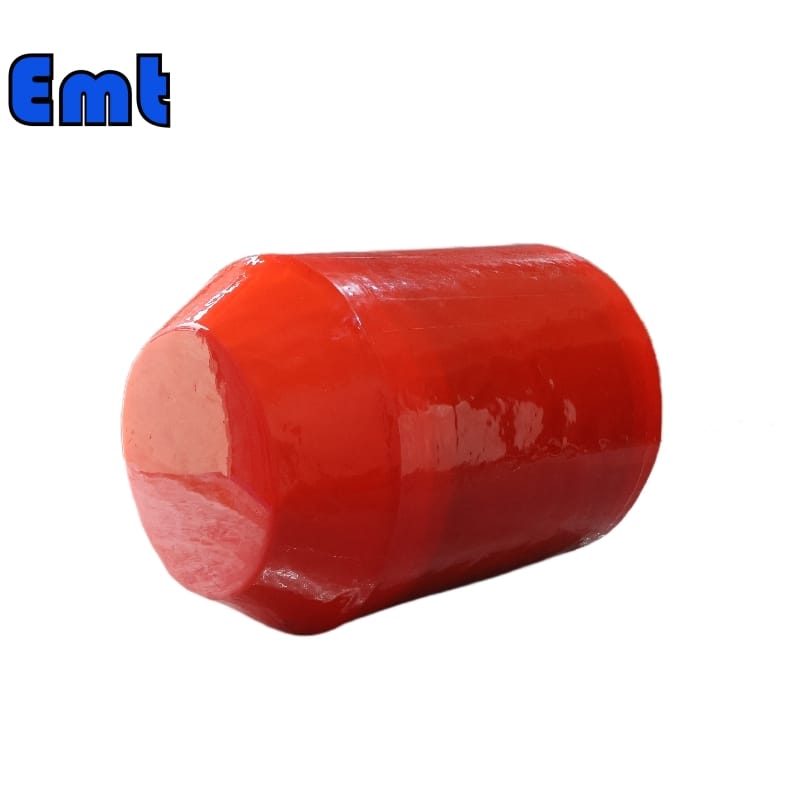
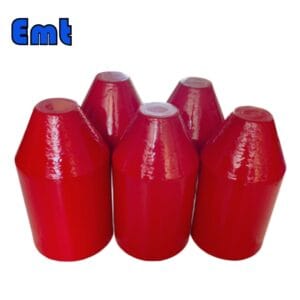
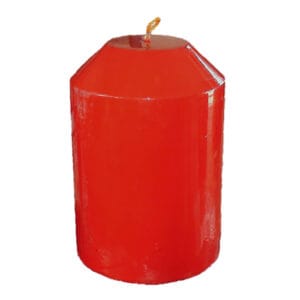
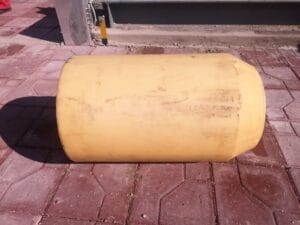
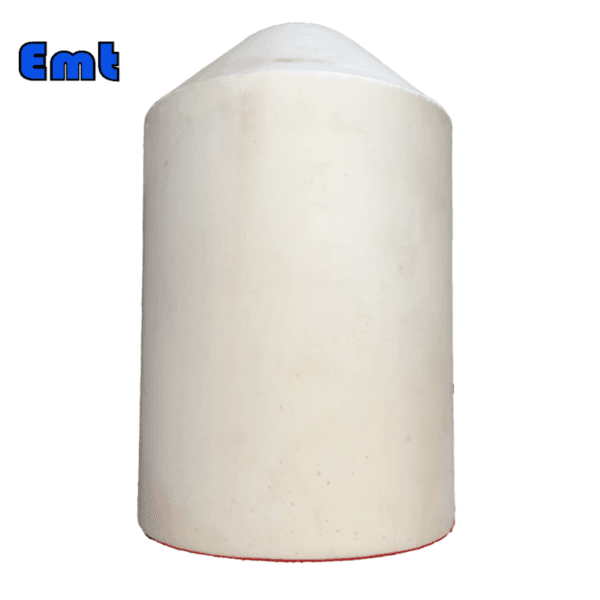
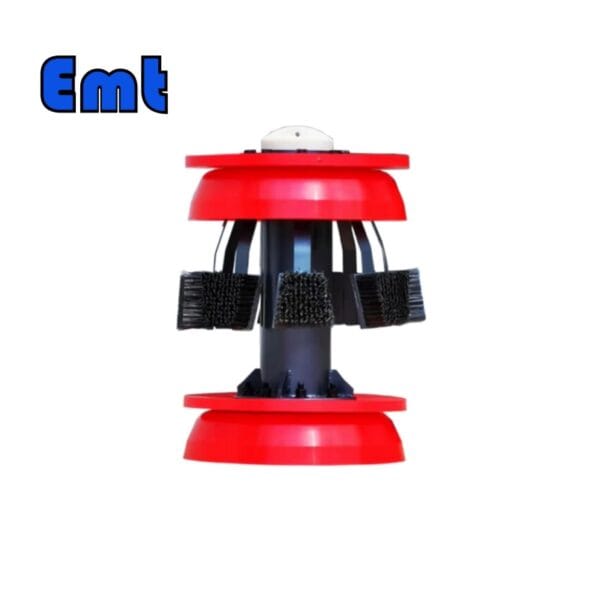
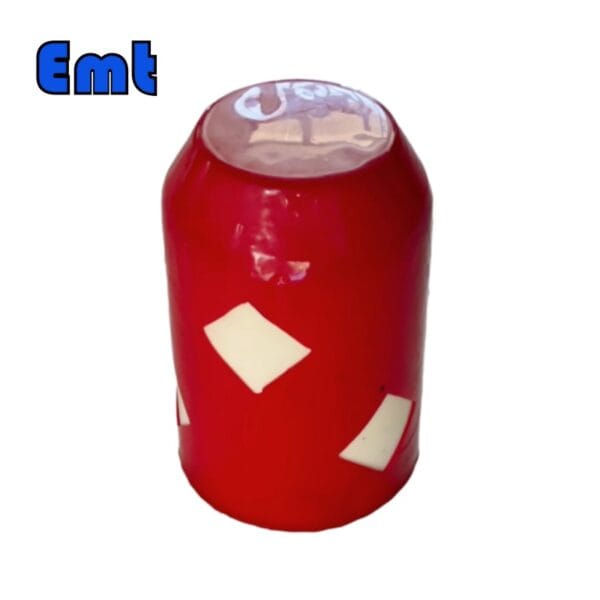
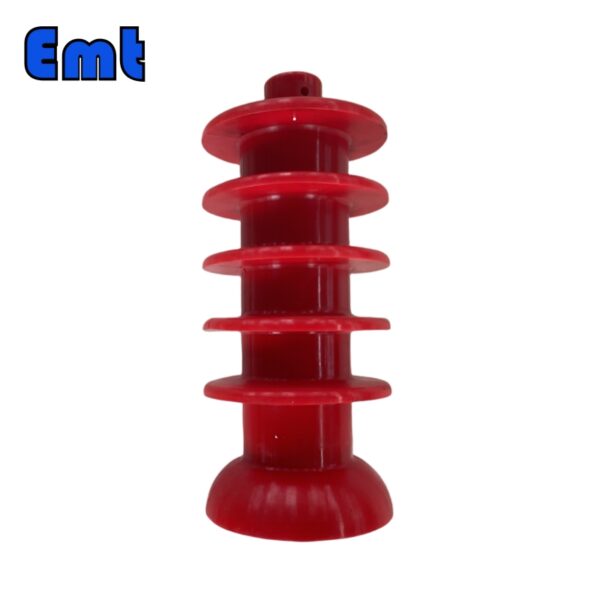
There are no reviews yet.